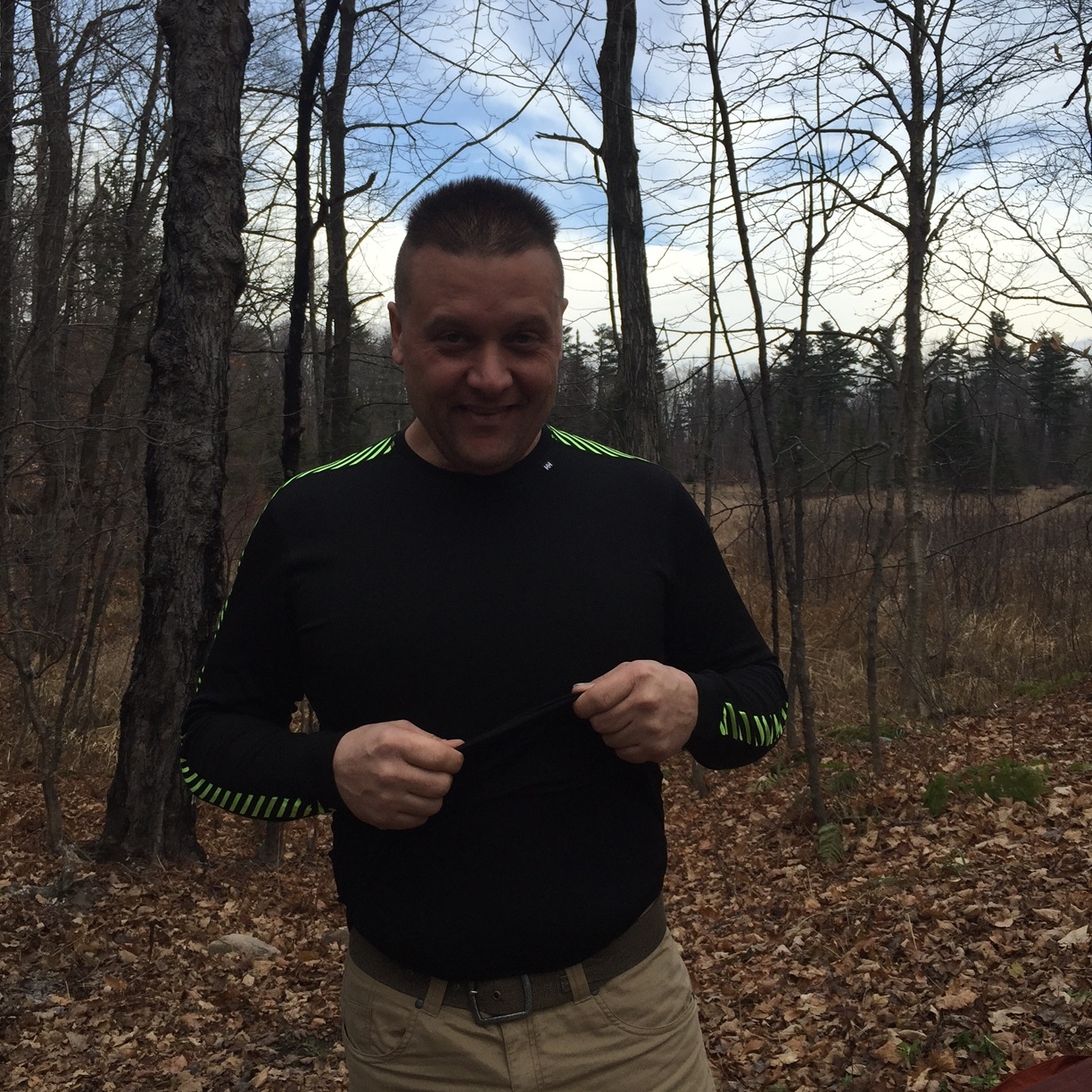Snug as a bug
/When venturing out for a long distance hike, whether it will be for one day or ten, staying warm in cooler temperatures is critical. As fall gives way to winter, evening temperatures can dip well below freezing in a couple hours. If you are sweating profusely when you stop, you need to have shelter, and/or a fire to keep warm. Hypothermia can set in quickly, hindering your ability to assemble your shelter or start a fire.
Strenuous exercise, outside in the elements for so many consecutive hours, your body becomes accustomed to being warm or hot. When you stop for more than 10 minutes, severe chills can, and most likely will, set in.
My last long distance, single-day hike of fifty kilometres, left me with extreme chills and shaking, despite the fact that I was indoors and it was 22 °C . If I had been on a multi-day hike, this could have been life threatening. My pocket thermometer said it was -1 °C when I reached my car that night. Had I been camping instead of going home, a fire would have been deemed lifesaving. Always carry matches and an emergency fire starter even if you are only going for a day hike. Pace yourself in cold weather, and don’t work up too much of a sweat. Your clothes may not dry properly or even at all without a source of heat such as a campfire or a wood-stove.
A layering system for clothing works best. Your first layer, known as the base layer, is clothing that go next to your skin. This should be snug fitting without being too tight to restrict circulation. This first layer wicks the sweat away from your body and pushes it into the next layer of clothing, helping to keep you dry. I wear a Nike compression shirt as my first layer followed by a Helly Hansen Dry shirt. Together, they keep my skin dry. Never wear cotton or denim while hiking, this absorbs water and does not dry out. Ideally, you will need three to four layers, or more, to stay warm and dry. Pace yourself, unless you have a nice warm car to get you home at the end of the day, keep the sweating to a minimum.
Your next layer should also be a wicking material and slightly thicker. This should be a long-sleeve design to keep your arms covered and to aid in sweat absorption. Over this, you can have a jacket like a Salomon Shell jacket, or a sweater. Again, let the outside temperature and your level of activity, determine how many layers you will need. To avoid being caught in an unexpected weather system, bring enough clothing options so you can adjust to the weather.
Spend your money on quality clothing, $50 to a $100 for a base shirt is the norm. Second and third layers will be in the range of $50 to $200 or more. Quality clothing is not cheap, but you will soon realize that the better clothing is worth the extra cost. Helly Hansen, Patagonia, and Arcter’yx, are all high-quality manufacturers of outdoor clothing. When in doubt, seek advice from the people who do this for a living. MEC (Mountain Equipment Co-op) and Bushtaka, have qualified staff that are more than willing to discuss your needs.
MARK LENTZ
I'm a 44-year-old guy currently planning my first long-distance hike. It will start on the first of May, 2016, and will cover 2518 kilometres, from Echo Lake in California to Manning Provincial Park at the British Columbia border. This will be my biggest, grandest, most epic accomplishment in my life so far.
PCT (Pacific Crest Trail Organization) MEC (Mountain Equipment Co-op)







